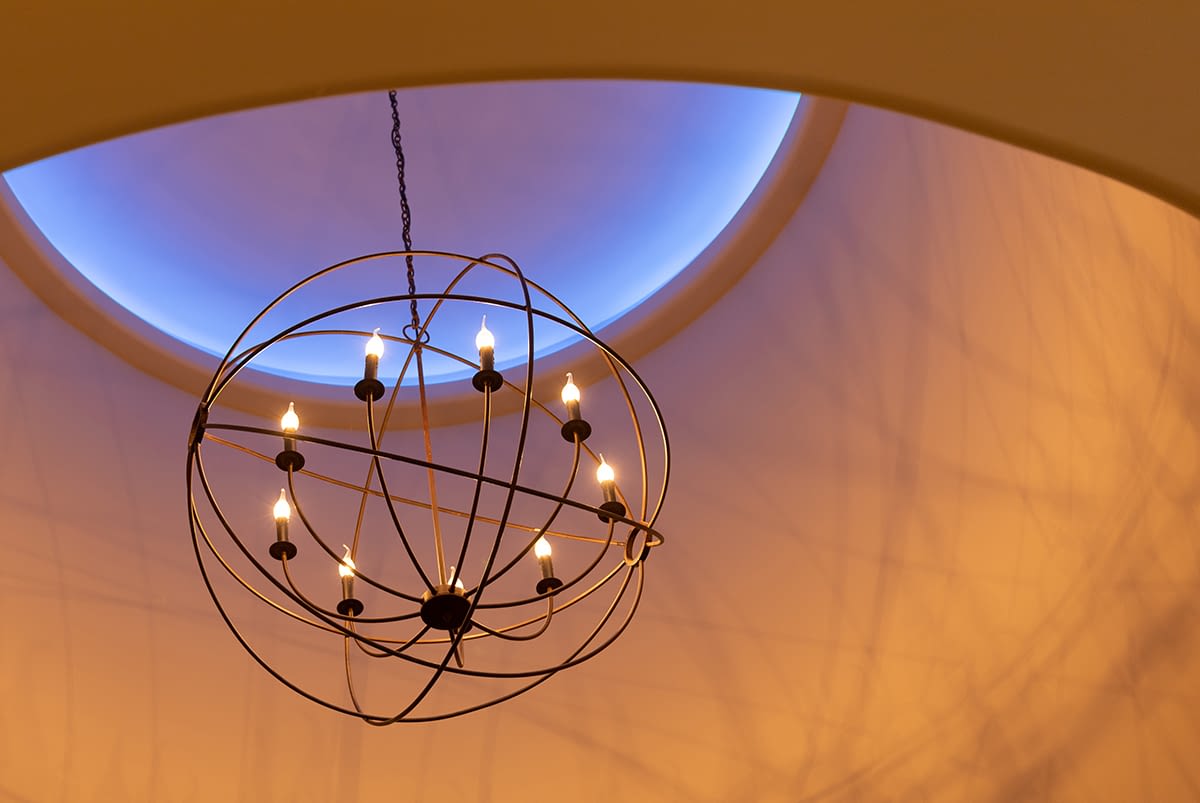If you are in the process of buying a new home you probably will face a decision about which data cable to use. This can be a confusing issue that some consider to be the domain of a tech-savvy person. Let’s review the things you use regularly in your non-technical life: watch television? stream music? use WiFi? All these things are affected by your choice of data cable. So,what’s the difference?
Cat5e is capable of carrying nearly a thousand Mbps (megabits-per-second)of data. In a home installation with long cable runs, electrical interference, and competing network devices, the throughput (the real capacity you will experience) could be much less. That’s why Cat5e is not certified for gigabit use (one gigabit-per-second is equal to 1,000 megabits-per-second). Some new communities are offering a “gigabit” high-speed Internet service. Cat5e cable would not provide the full benefit of that high-speed connection.
Cat6 is certified for gigabit capability in a home environment. It’s also more resistant to interference from electrical wiring and other sources of “noise” in the home. Cat6 will be capable of providing enough throughput for your current and future needs.
Why do you need this high-speed capability? Most people use a combination of cable, satellite, or antenna channels,plus streaming content from the Internet (NetFlix, Hulu, Sling TV, etc.). If you stream Internet content, your TV viewing will be directly affected by the high-speed capabilities of the data cabling in your home. As more devices are added to your network, the data throughput requirements will increase.Your network may bog down.
“Isn’t everything going wireless?” is a common refrain that we hear. Many things are wireless. Especially the “Smart Home” products that have become so popular. Most of them rely on your WiFi network. Your WiFi antenna relies on either CAT5e or Cat6 data cable for connection to the Internet. Therefore, the speed of your WiFi network is limited by the wired connection to your Internet provider. Since this wiring is installed inside the walls during construction, it’s unlikely that you will ever have your home rewired to upgrade your Internet service speed.
What now? Some builders provide Cat6 cabling as standard. If so, you only need to choose which locations in your home will require a data cable. We recommend a Cat6 cable (along with the typical coax) at every TV location so your TV viewing doesn’t add to the traffic on your WiFi network. If Cat5e is your builder’s standard, then you should consider an upgrade to Cat6 cable. This one-time cost prepares your home with the communications backbone you are likely to use now or in the future.



